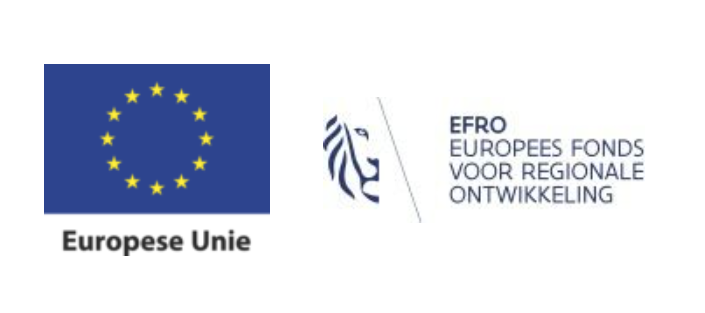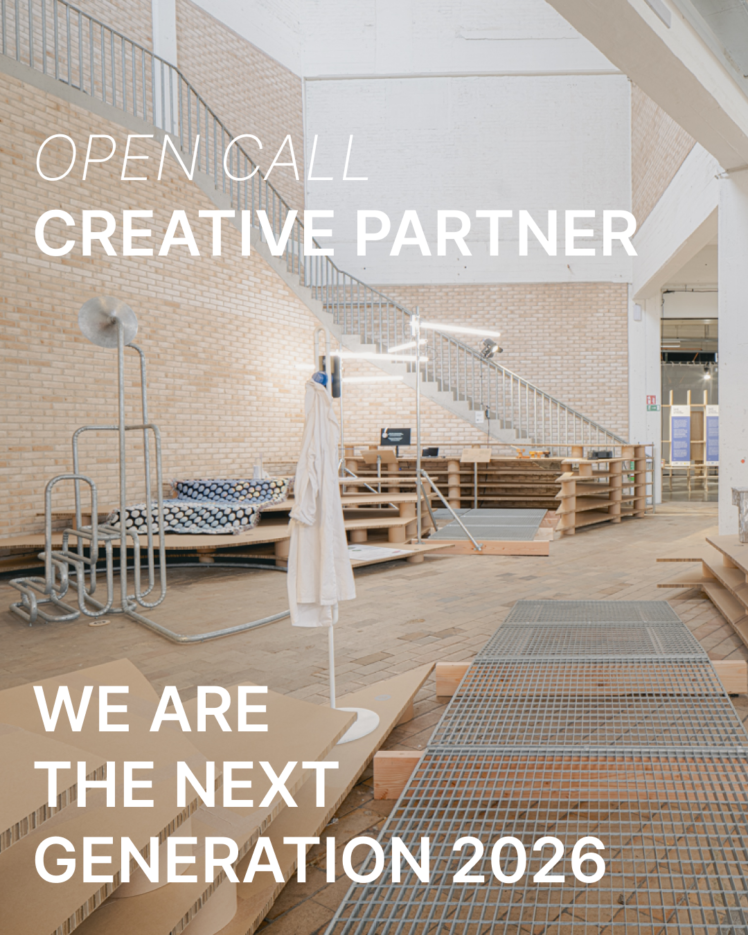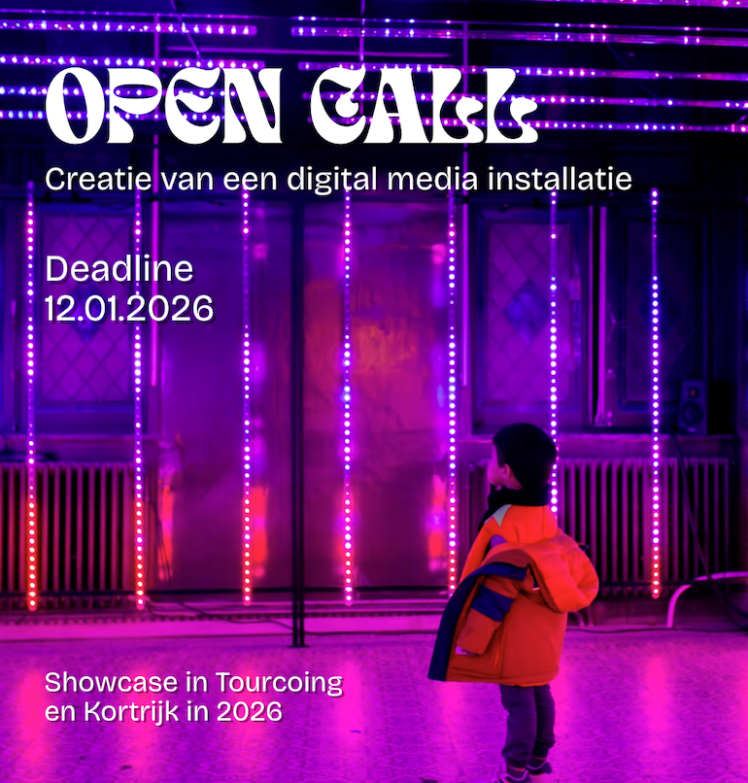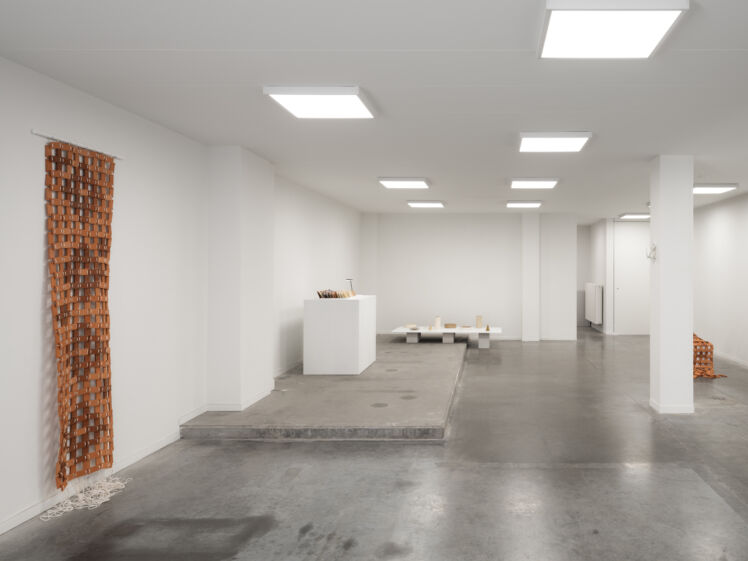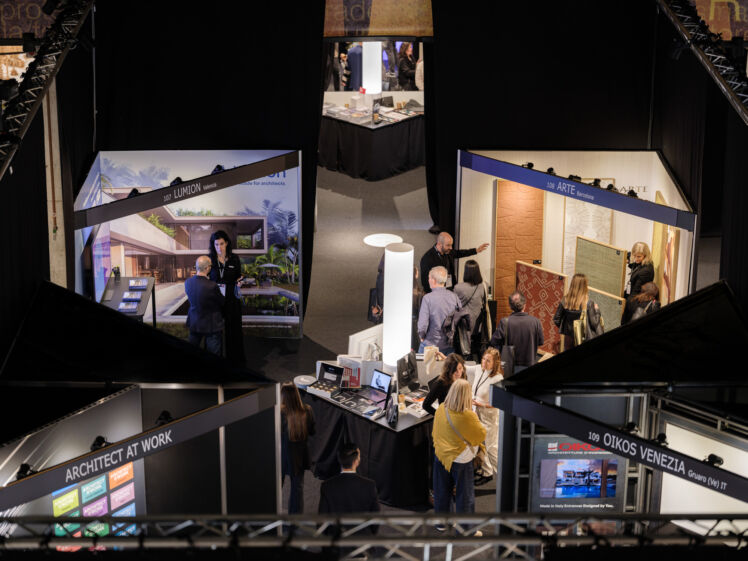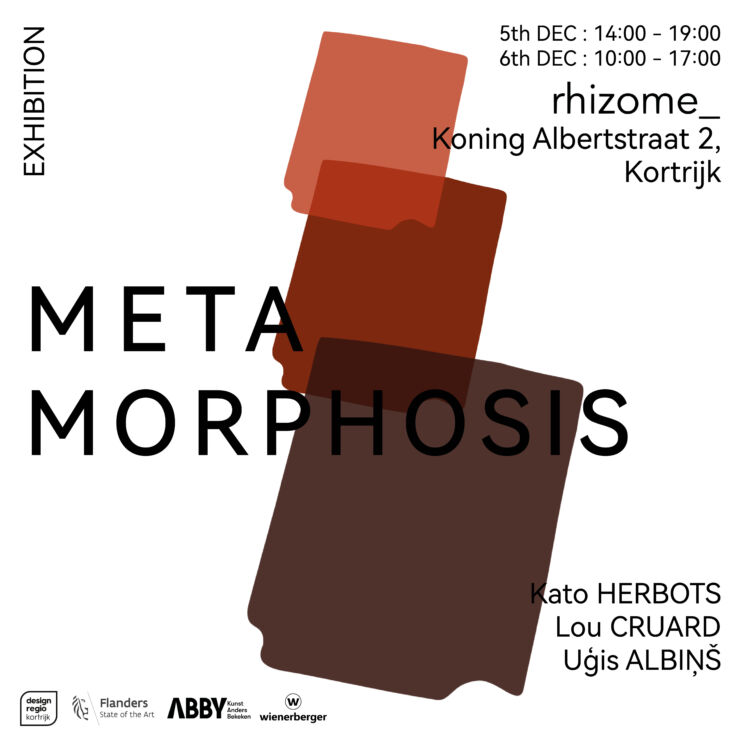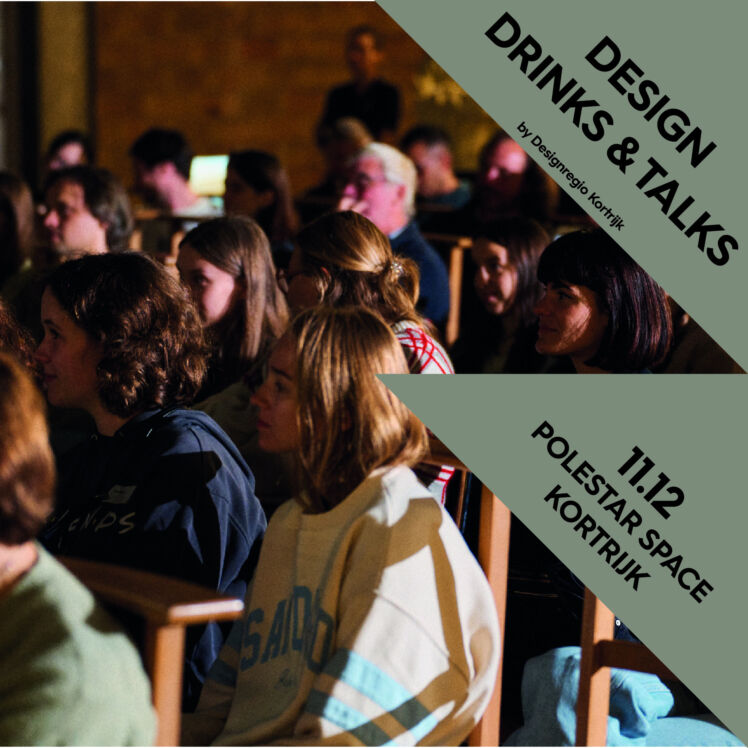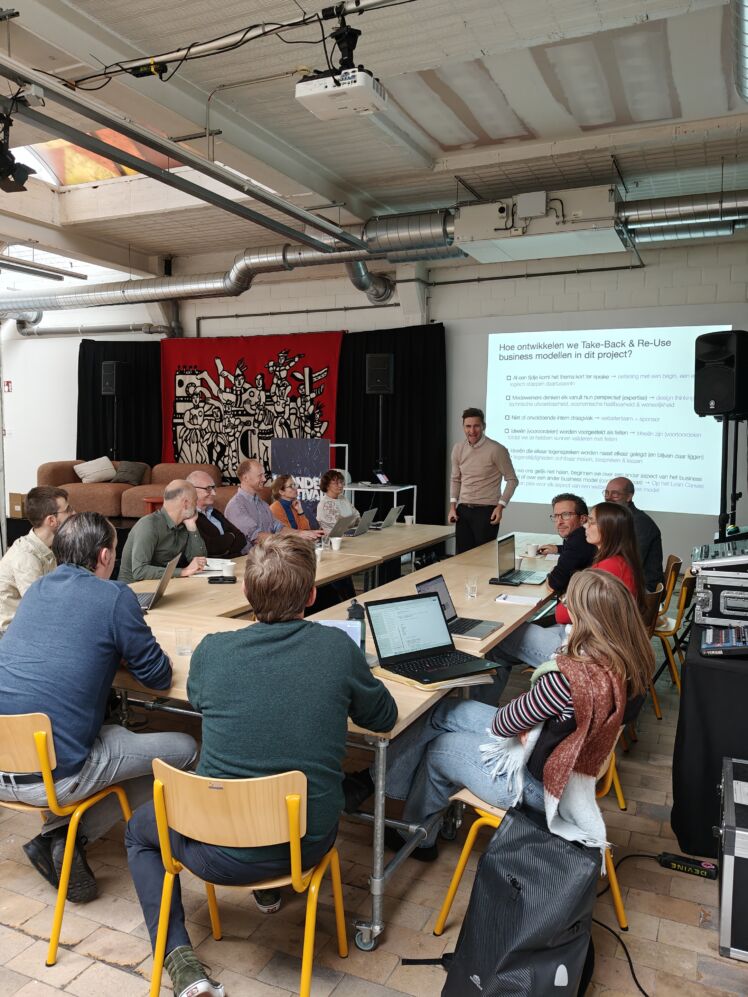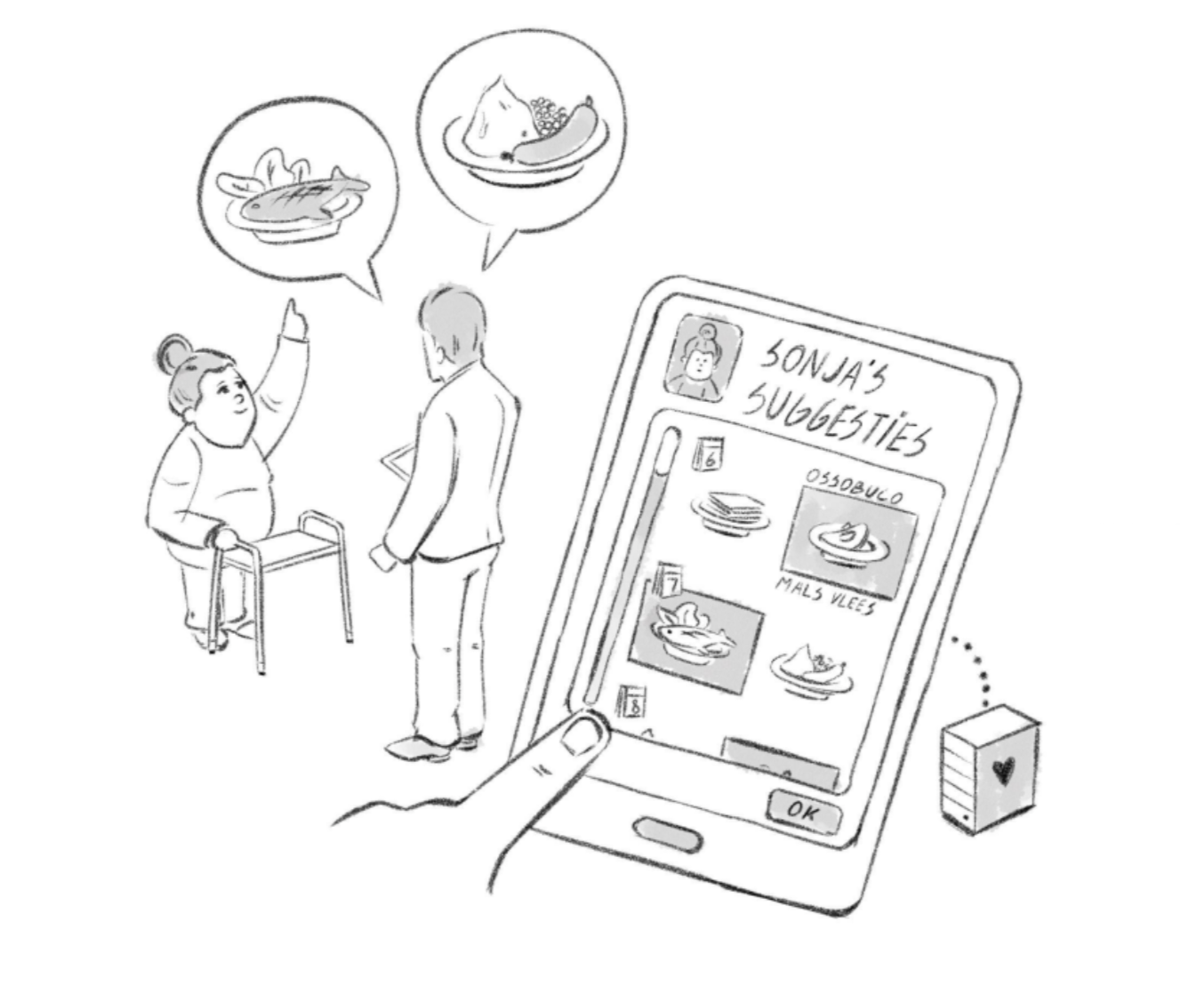
Every meal a little happiness
One of the little joys of residents of residential care homes is the whole meal event. From choosing this meal to dining together with fellow residents. For a residential care home, however, there is a lot of organisation involved between these two stages. Last autumn, Designregio Kortrijk, VOKA West-Vlaanderen and Zorggroep H.Hart launched an innovation project in which the meal process within the H.Hart care group was analysed and improved using the designthinking method.
When we think of good design, we often think of furniture, machinery, appliances. But good design of processes is also equally important. In the case of Zorggroep Heilig-Hart, this is about the happiness of the care institution's residents.
Designregio Kortrijk, together with Voka West-Vlaanderen, worked with Heilig-Hart to improve the process of choosing meals for the residents. To this end, we brought Heilig-Hart together with professional designers and design students and companies.
We start from the following situation: You are 90 years old, you live in a residential care home and you have to choose a particular day's meal 2 months in advance. The choice is made on a sheet of paper, together with a family member or caregiver. That sheet is converted into excel tables and goes to the various departments: logistics, stock, kitchen. 2 months later, you get the dish. At that point, you don't remember what you chose. We also note that many mistakes can happen during the current process. Not to mention the mountain of paper.
And the food, is just one of the elements in our day that can make us happy.
And still being able to choose for ourselves makes that happiness all the more precious.
You might think, we are going to digitise this process. Digitisation can be a means, but never an end in itself.
We saw this as an ideal case for arriving at a solution through design thinking and system thinking.
With design thinking, we think from the interest of the end user, the resident.
With system thinking, we think in the interests of all actors involved: the entire system of the residential care centre: care providers, logistics, kitchen, etc.
Under the guidance of the design agency Studio Dott, we set up workshops with residents, care workers, catering, band staff, the various campuses, reception, staff, etc.
By listing the pain points for each stakeholder, we were able to
(1) focus on some quick wins, and
(2) identify a long-term approach.
Some quick wins:
visual meal sheet: easy to read, with icons;
the menu committee: feedback on meals is captured and processed;
the choice to offer certain spreads in bulk: 1 choco pot for the department instead of small choco pots.
In the long term, we will integrate this into a digital platform. Digital Thinking is guiding Sacred Heart in that choice. This should lead to an economically interesting approach. So design also leads to cost reductions and profit growth.
Process innovations therefore involve many actors. To show the design process to the general public, we worked out an installation together with students from Howest Devine, located in the Buda factory next to the Sacred Heart. Together with them, we made an installation of 4 people involved telling about the project.
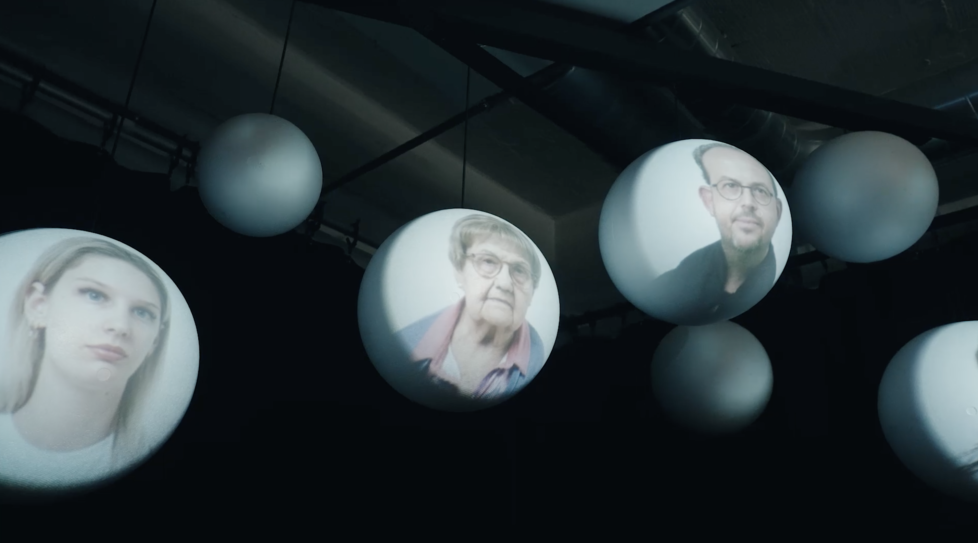
We also pitched the approach to entrepreneurs in Kortrijk, even to our global network of design cities in Kaunas.
With this, we want to draw attention to the importance of cocreation, participation and process innovation in the healthcare sector.
We would like to give kudos to the Heilig Hart team. Their openness to creating user-friendly solutions through cross-fertilisation that impact on the daily lives of residents can be an inspiring example for many others. This is truly a great example of process innovation.
This project was made possible with the support of the European Regional Development Fund.
